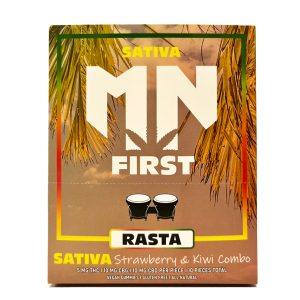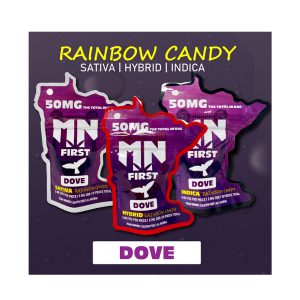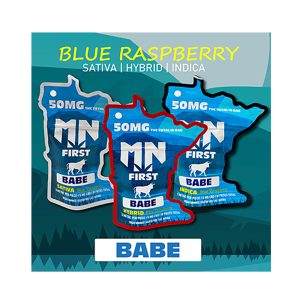**1. Raspberry Cultivation and Production:**
– Raspberries are grown for the fresh fruit market and processing into various products.
– They require ample sun, water, well-drained soil, and a pH between 6 and 7.
– Various species of raspberries can be cultivated in hardiness zones 3 to 9.
– Raspberries can yield several hundred berries per bush annually.
– Global raspberry production in 2022 was 947,852 tonnes, with Russia leading at 22%.
– Raspberries are traditionally planted in winter as dormant canes.
– High tunnel bramble production allows raspberries to overwinter in less hardy climates.
– Modern commercial cultivars include red, black, purple, yellow, and golden raspberries.
– Raspberry cultivars include summer-bearing and everbearing types.
– Raspberries are susceptible to pests like the Raspberry Fruitworm Beetle.
**2. Raspberry Nutrition and Health Benefits:**
– In 100g, raspberries offer 53 kilocalories and 6.5g of dietary fiber.
– Raspberries are rich in vitamin C, manganese, and dietary fiber.
– They are low-glycemic index foods with low sugar content.
– Consuming raspberries may help reduce inflammation and contribute to heart health.
– Raspberries are linked to improved blood sugar control and support digestive health.
– Studies suggest that raspberry consumption may aid in weight management.
– Raspberries are rich in vitamins C and K, antioxidants, and minerals like manganese.
– The fruit is cholesterol-free, low in sodium, and considered a low-calorie fruit.
**3. Raspberry Phytochemicals and Nutritional Value:**
– Raspberries contain anthocyanin pigments, ellagic acid, and quercetin.
– Yellow raspberries have lower anthocyanin content but contain carotenoids.
– Raspberry compounds are studied for potential health benefits.
– The aggregate fruit structure boosts dietary fiber content.
– Raspberries have low glycemic index and are rich in antioxidants.
– A 100g serving of raspberries provides about 52 calories.
– They are rich in vitamins C and K, dietary fiber, and minerals like manganese.
– Raspberry leaves can be used in herbal teas but lack scientific evidence for medicinal use.
**4. Raspberry Culinary Uses:**
– Raspberries are used in various desserts like pies, tarts, and cakes.
– They are popular in jams, jellies, and fruit preserves.
– Raspberry sauces are used in both sweet and savory dishes.
– The fruit is a common ingredient in smoothies and fruit salads.
– Raspberry flavor is used in beverages, ice creams, and yogurts.
**5. Raspberry Diseases and Pests:**
– Raspberries are prime targets for Japanese beetles due to their high sugar content.
– Japanese beetles feeding on raspberries can transmit plant diseases.
– Raspberry beetle and raspberry fruitworm larvae can damage raspberries.
– Gray mold (Botrytis cinerea) is a common fungal infection in wet conditions.
– Verticillium wilt fungus can infest raspberry crops for years.
– Raspberries are eaten by larvae of Lepidoptera species.
– Avoid planting raspberries near certain crops to prevent Verticillium wilt.
The raspberry is the edible fruit of a multitude of plant species in the genus Rubus of the rose family, most of which are in the subgenus Idaeobatus. The name also applies to these plants themselves. Raspberries are perennial with woody stems.


World production of raspberries in 2021 was 886,538 tonnes, led by Russia with 22% of the total. Raspberries are cultivated across northern Europe and North America and are eaten in various ways, including as whole fruit and in preserves, cakes, ice cream, and liqueurs. They are a rich source of vitamin C, manganese, and dietary fiber.
English
Pronunciation
- (Received Pronunciation) enPR: räz'brē, IPA(key): /ˈɹɑːzb(ə)ɹi/
- (UK) enPR: răz'brē, IPA(key): /ˈɹæzbɹi/
- (US) enPR: răz'bĕ"rē, IPA(key): /ˈɹæzˌbɛɹi/
Etymology 1
From earlier raspis berry, possibly from raspise (a sweet rose-colored wine), from Anglo-Latin vinum raspeys, of uncertain origin.





